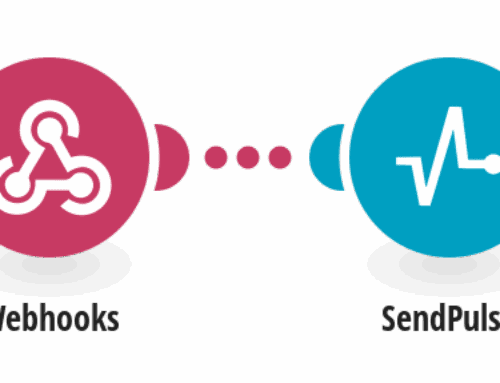If you’ve been an avid user of AdWords as part of your marketing strategy for your Jewelry store, then it’s a given you’ve come across geographic reports once or twice. What…no? Then you’re definitely missing out on a lot!
In fact, the geographic reports supplied by AdWords provide vital information on the performance data as per locations. So imagine how you can effectively utilize this data to improve your campaigns! And you can do so by determining the highest and lowest performing states, crafting new bid modifiers geared for certain cities, and even analyzing the performance of the targets you currently have in place. All of this info definitely comes in handy especially if you’ve like to be more efficient and to tap into opportunities for growth.
So in this blog, we’ll be taking a look at the three major rebuilt reports presently in AdWords, and how you can put them to good use.
User Location report
This report is special in that it precisely analyzes the performance based on parameters such as the country, city, DMA, region, and in special cases, even the zip code. To access this report, simply move to Predfined Reports>Geographic> User Locations
In fact, this is the most natural form of geographical data that is easily accessible. That’s because the data has not been tied to any existing targets, hence can be aggregated or subset seamlessly. Say for example that your aim is the United States. So instead of just been fed with info based on a country level (which is your main target), you are supplied with data that can be broken down into city, region, state, regardless of whether you were just targeting the level country in the first place.
And the awesome thing is that you can add or remove these levels any way you like via the menu.
Advantage
Having the power to control the amount of detail that you would like is extremely helpful especially if you plan to focus your time and resources on a specific target. So you can choose to set up a campaign where you target the whole country, or opt to set up separate, more controllable targets, that focus on specific states.
Hence this report comes in handy especially when you’re observing across different campaigns. Instead of handling all the different targets, you can easily disseminate the data and execute whatever analysis you planned on doing. The report also makes it simple for you to bring up external data sources whenever the need calls for it.
Geographic report
The geographical report has closely related characteristics to the user location report, but has an added column for the user type. This addition might seem mild, but is very important. It differentiates between user location (what we were looking at in the first report) and user interest location, which is what is mostly focused on here.
So while the user location report analyses performance based on the place that the user is located, the geographical report divulges a little deeper by including info about the users who are not in that area, but are doing a search about that area.
Advantage
At times, you might find that the geographic report is more useful than the user location report because of the location settings. Simply because you can tweak the settings on your user account to see what works best for you.
One thing that you’ve got to know is that by default, the location targets on AdWords will automatically target people that are present in a given location, or people that are expressing an interest in the given location.
Locations Report
This report is great if you’re aiming to view your data by geographic target. And it’s especially useful if you’ve already got in place a highly functional targeting system, presently targeting small radii; or when you plan to analyze the current set up that you have.
To have access to this data, simply navigate to the locations tab. Once there, you will be able to view all the targeted location, the various campaigns, as well as other metrics that you might find increasingly useful.
Advantage
You can put this data to good use by analyzing the performance index according to each target, and adjusting your current location bid modifiers where necessary. If you happen to have similar targets spanning across a multitude of campaigns, you have the option to export the data, and conglomerate it to get a better performance. While this report feels a little more limited as compared to both the geographic report and the user location report, it works pretty well when using it with zip code aiming because top level segments have initially been subset as part of the structure.
That being said, it’s crystal clear that these reports are fundamental for any AdWords campaign. Hence if you’d like to get started with geographical reports in AdWords, contact 4Spot Marketing today. You can email us at [email protected] or call us at 702-721-9763. We offer a free consultation to determine what approach will serve your company best.









